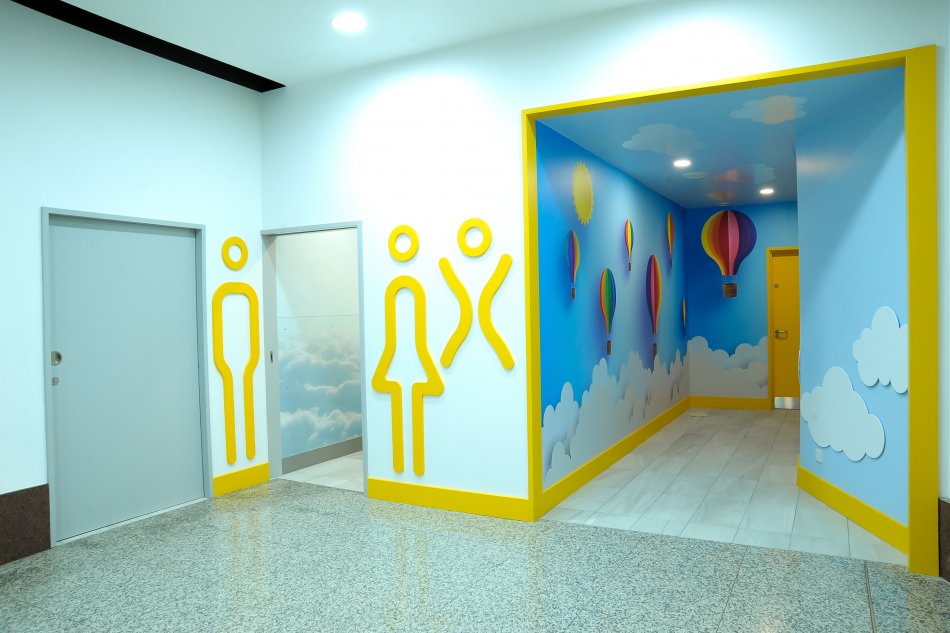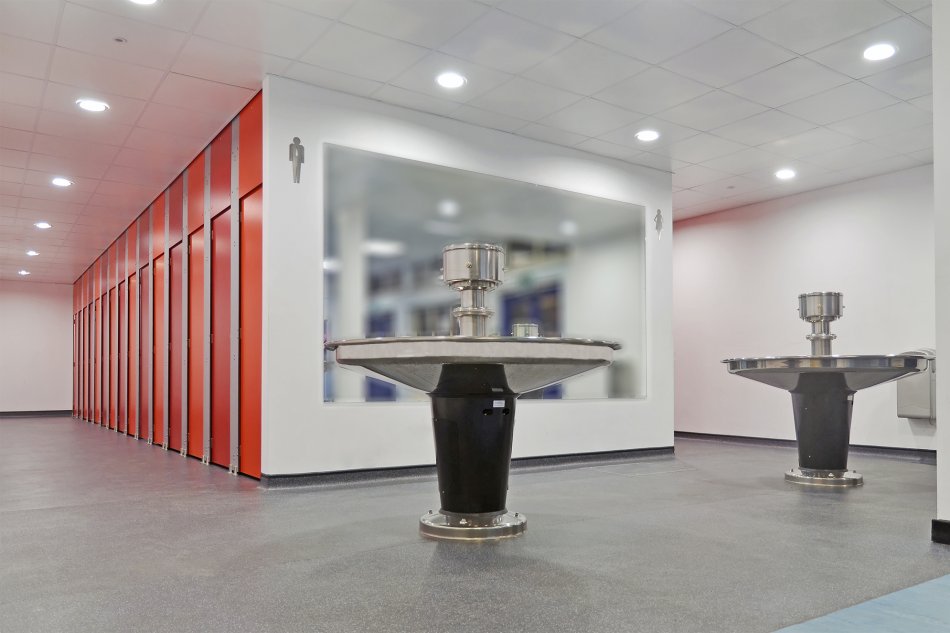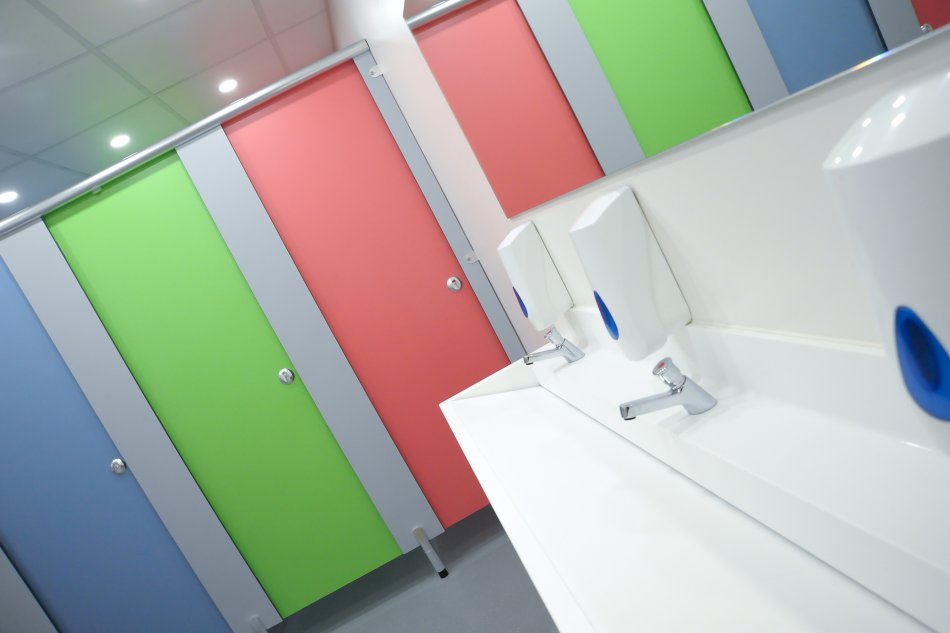Washrooms are one of the most important things to take into account when it comes to health and safety and since the pandemic it is even more important to maintain good hygiene and to provide adequate facilities for pupils.

Ensuring Washrooms Pass Inspection
To begin with, it’s important to take note of the usual regulations. Guidelines such as how many toilets and handwash basins there should be per pupil are essential to take into account. The British Standard 6465-1:2006 sets out the ideal number of fixtures for different age groups, including preschool, primary school, and secondary school. Another set of guidelines to take into account is the 2015 standards for school premises published by the Government, which provides details on pages 5 and 6.
Preschool pupils should have one toilet per 10 pupils (and no less than four), plus one basin for each toilet, as well as one large sink, shower, or bath per 40 pupils. Primary school children should have one toilet or urinal per 10 pupils for those under 5 years old and one per 15 pupils for children over 5. In addition, urinals shouldn’t make up more than two-thirds of the facilities for boys. There should be one basin per toilet or urinal, and handwashing facilities should be near the toilet facilities.
In secondary school (age 11 and up), there should be 1 per 20 pupils for boys, with no more than two-thirds being urinals and 1 per 20 pupils for girls. If there are three or fewer toilets/urinals, there should be one handwash basin per fixture. If there are more than three fixtures, there should be two basins per toilet or urinal.
Another thing to keep in mind is that staff toilets should be separate. The exception is disabled toilets, which can be shared by staff and pupils.
The 2007 Toilets in Schools guidance is also useful, offering advice for specific washroom fixtures. Some suggestions include avoiding the use of urinals and reducing the background noise in washrooms.
Washrooms should also be in generally good condition prior to an Ofsted inspection. Before an inspection is due to take place, make sure to:
- Ensure there are signs for boys, girls, and disabled toilets
- Make sure hot water isn’t above 43 degrees
- Check for any damage or anything not working properly
- Make sure toilets are stocked with toilet paper, soap, and other necessities
- Ensure staff can informally supervise pupils without compromising privacy
Before an Ofsted inspection, ensure your school’s washrooms meet the recommended standards. Check that everything is in good condition and that the facilities adequately provide for pupils.




